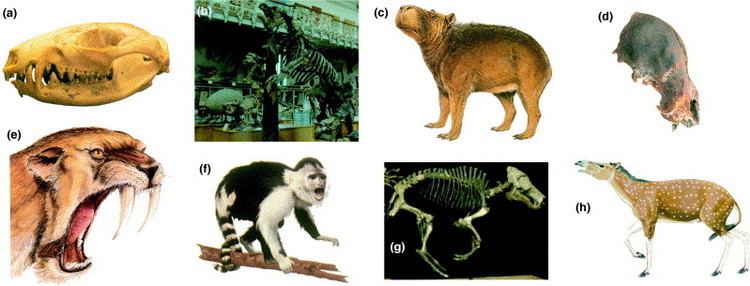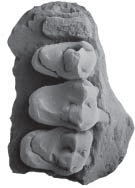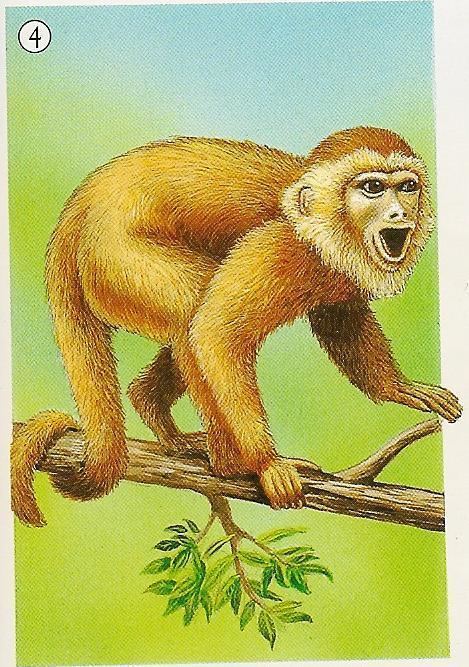Parvorder Platyrrhini Scientific name Branisella boliviana Rank Genus | Phylum Chordata Family incertae sedis Extinction status Extinct | |
Similar Primate, Mammal, Dolichocebus, Tremacebus, Omomyidae | ||
Branisella is an extinct genus of New World monkey from the Salla formation of what is now Bolivia during the late Oligocene, approximately 26 million years ago. It is the oldest fossil New World Monkey discovered.

It was found in Bolivia by the paleontologist Leonardo Branisa, and it was named after him by Hoffstetter, the scientist who first described and classified it in 1969. Morphologically, it is similar to Proteopithecus, an Oligocene primate from Africa, in its reduced upper second premolar and unreduced lower second premolar. This has led many scientists to hypothesize that the primitive platyrrhine ancestors of Branisella came to South America from Africa. Other features, however, suggest that it may have been related to the omomyids, an extinct group of tarsier-like primates found in North America, among other places.

Within platyrrhines, this taxon has been interpreted as either a stem platyrrhine not related to any of the living forms, or as a primitive callitrichine. As Branisella is currently the only South American primate taxon known until the Miocene, more fossils are needed before its phylogenetic position can be clearly established.

The cheek teeth of Branisella are very high-crowned suggesting that it might have been somewhat terrestrial, although this hypothesis cannot be confirmed from bones of the postcranial skeleton (there are none). The known dental specimens show extremely heavy and rapid wear and the first molar tooth is far more worn than the last, suggesting that it included abrasive foods in its diet with very poorly developed cutting edges indicating a diet of fruit. One specimen retains a small part of the orbit and indicates that Branisella had small eyes and was diurnal.
